1,571 days, 2,407 entries ...
Newsticker, link list, time machine: HOLO.mg/stream logs emerging trajectories in art, science, technology, and culture––every day
Madhumita Murgia
Code Dependent

“Decoding the Black Box” opens at Galerie Stadt Sindelfingen, Germany, exposing the corporate surveillance systems that invade the private sphere. 14 artists and collectives including Aram Bartholl (image: Are you human?, 2017), James Bridle, Adam Harvey, Femke Herregraven, Jonas Lund, !Mediengruppe Bitnik, Metahaven, and Mimi Ọnụọha make transparent the capitalist power structures of the internet and virtual image economy with evocative counter-narratives and provocations.

“Those minerals are not found in urban centres. They’re found on traditional territories, or you will need roads and access to traditional territories to get to them.”
“Your own sense of reality becomes increasingly specific to you and your synthetic friends, but this isn’t happening on a neutral plane. Your friends work for giant corporations and are designed to extract as much value from you as possible.”
“Like Bartleby, we would all ’prefer not to.’ Maybe it’s fatigue-induced, seeking relief from the incessant demands of 24/7 capitalism, careening towards meltdown. Terminally online, we ‘can’t even.’”
“I’ve come to see these technologies as intrinsically antihuman. How far back do we have to go to find technology that’s not about controlling nature? You have to go back to fucking Indigenous people and permaculture. That’s the future.”
London’s Lisson Gallery opens “Matter as Actor,” a group exhibition of 12 artists including Revital Cohen & Tuur Van Balen, Otobong Nkanga, Lucy Raven, and Zhan Wang that explore “mutable forms of matter as active agents in a more-than-human world.” Cohen Van Balen’s B/NdAlTaAu (2015), for example, reverses hard drives into precious metals, whereas Wang’s Match Openings (2023, image) reconfigures rock to “stimulate philosophical slippage between the natural and manmade worlds.”

Taking its name from the eponymous searing neon work by feminist conceptual artist Claire Fontaine (2012, image), “Someone is getting rich” opens at Amsterdam’s Tropenmuseum. Curated by Carrie Pilto, the show invites the aforementioned Fontaine along with Eline Benjaminsen, DIS, Femke Herregraven, Petr Pavlensky, and 10 other artists to present works that speak truth to power by “revealing how the aftermath of colonialism is still embedded in the financial sector today.”
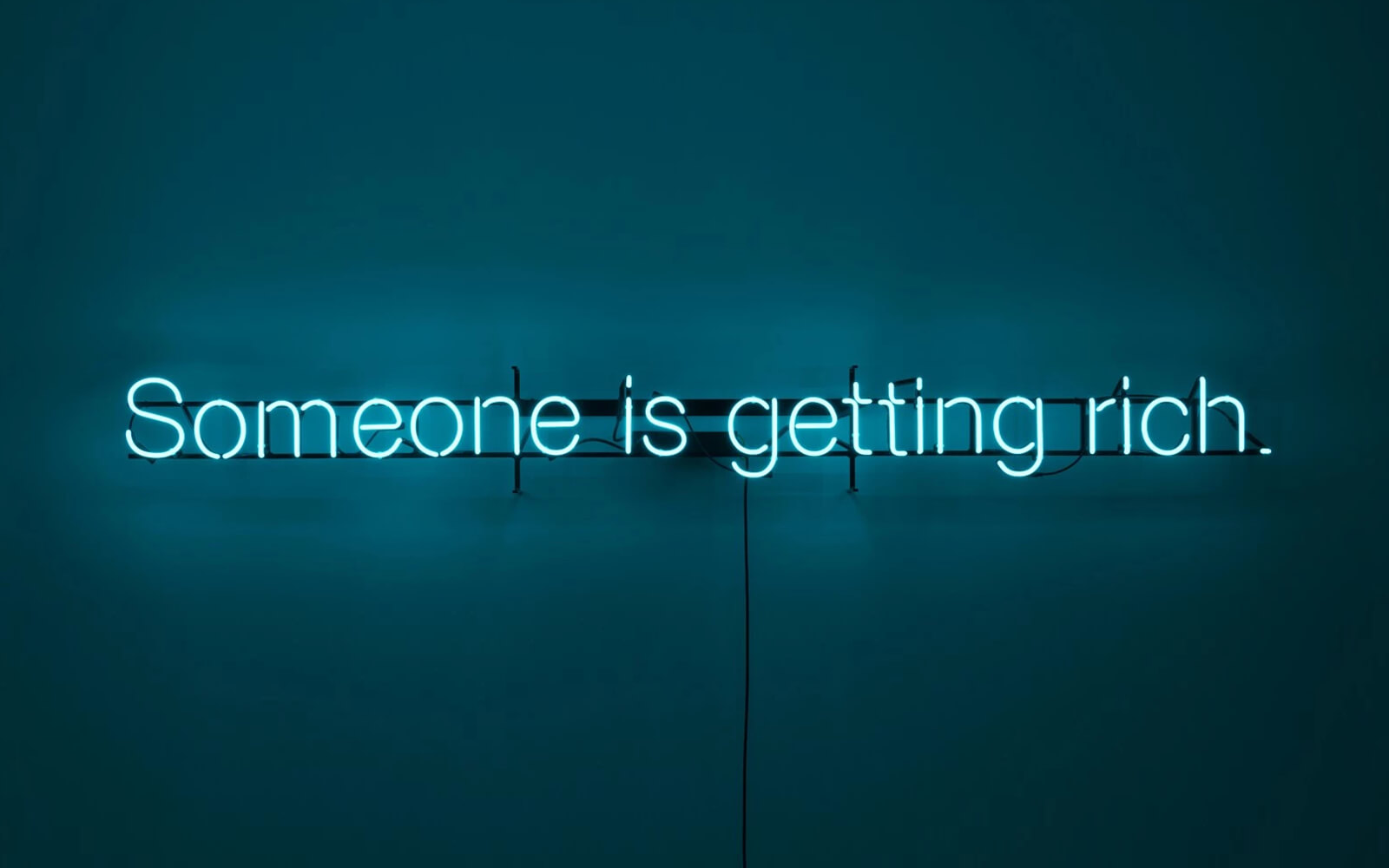
“New Visions,” the 2nd Edition of the Henie Onstad Triennial for Photography and New Media opens in Oslo (NO). A total of 22 artists including Anna Ehrenstein, Anna Engelhardt, Kristina Õllek, Monira Al Qadiri, Emilija Škarnulytė (image: RAKHNE, 2023), and Istvan Virag contribute media and installations, drawing on traditional mediums and new modes of automated image-making to underscore the ubiquity of “resource extraction, energy distribution, and data harvesting.”
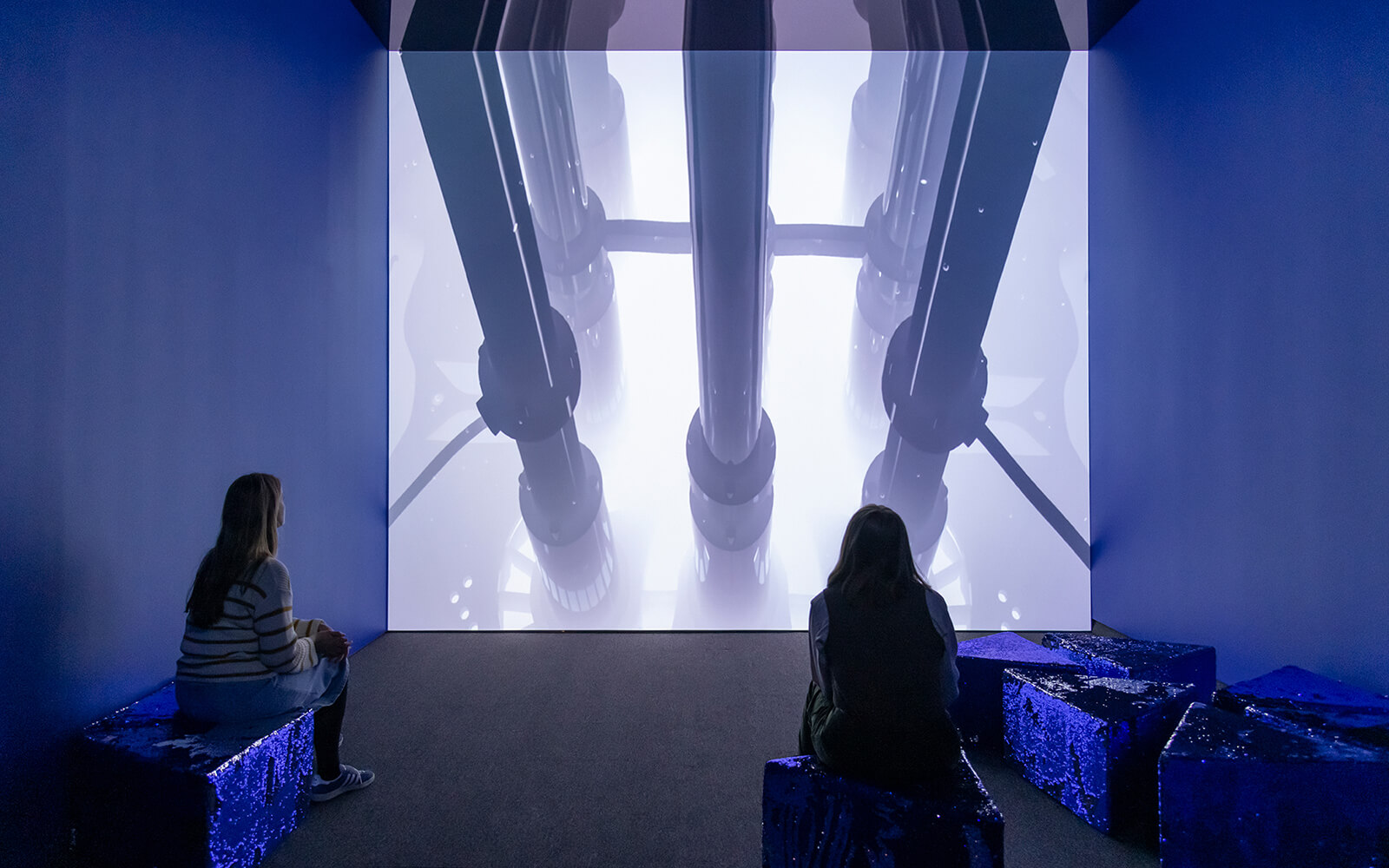
“Current mining operations have now become their own geological force, scraping, sorting and collecting more dirt, rock and sediment than the world’s rivers, wind, rain and glaciers every year.”
The final instalment in a trilogy of exhibitions fixating on highrises, Jesse Colin Jackson’s “Mackenzie Place” opens at Toronto’s Pari Nadimi Gallery. Venturing to Hay River in the Northwest Territories, the Canadian artist shot a year of time-lapse photography atop Mackenzie Place—the near arctic town’s lone skyscraper. The resulting panoramic video tracks daily and seasonal flux and is bolstered by audio of oral histories about the mining town collected by anthropologist Lindsay Bell.

Continuing his mission to call attention to the climate crimes unfolding at the Hambach and Garzweiler mines in North Rhine-Westphalia, Germany, French visual artist and activist Joanie Lemercier unveils Faces of Coal (2023), a series of plotter portraits of those responsible drawn in lignite coal. The first culprit: Markus Krebber, CEO of energy giant RWE, the German multinational operating the mines that, famously, laid waste to an entire region and are now the biggest source of CO2 in all of Europe.
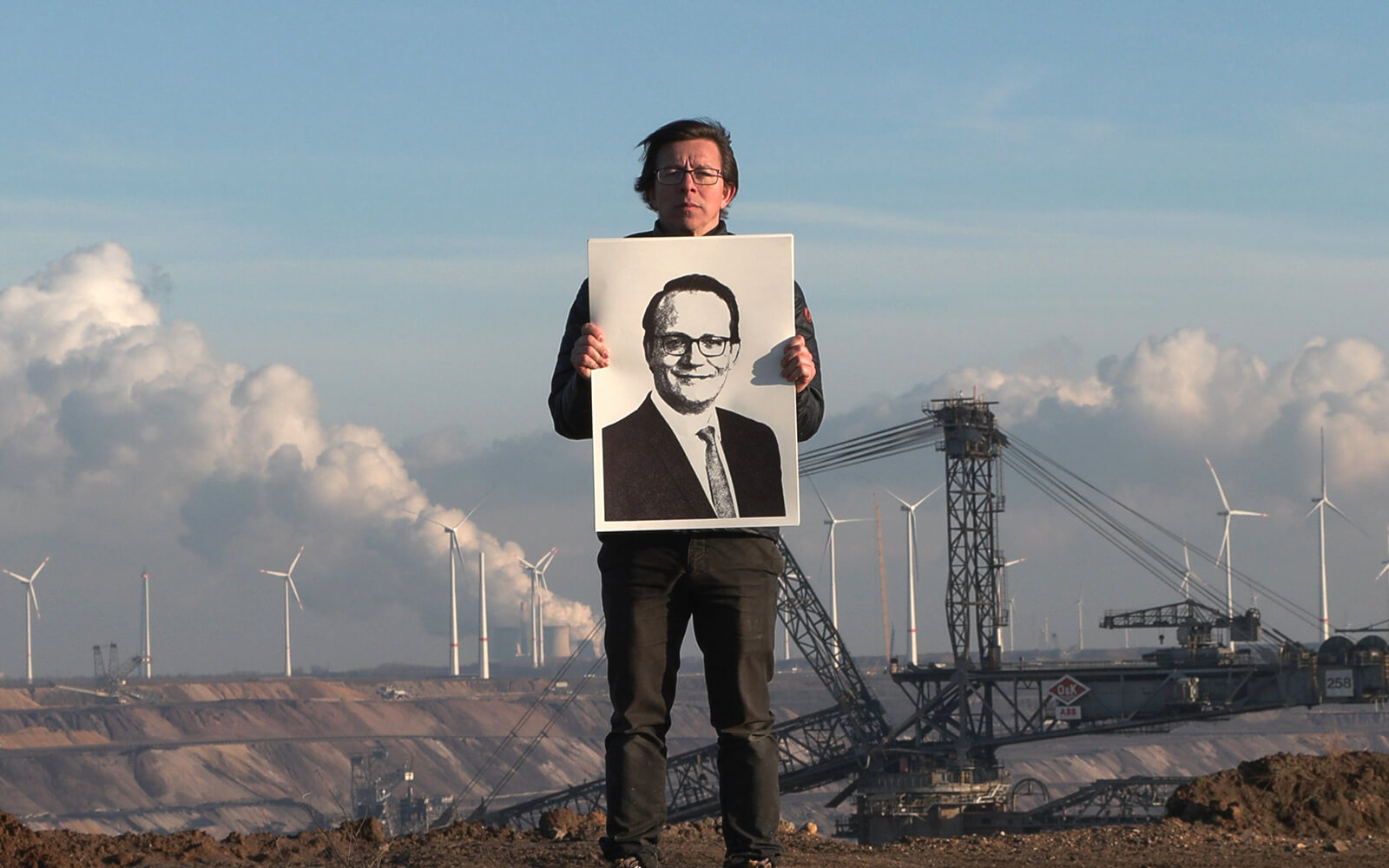
An intervention into the fabled novel Moby-Dick, “Of Whales” opens at the Thyssen-Bornemisza Museum in Madrid. American artist and MacArthur fellow Wu Tsang flips Herman Melville’s 19th century script, presenting a video installation that renders the novel’s unseen ocean depths from the White Whale’s perspective (image). A postcolonial and anti-extractivist reframing, instead of dread and death, Melville’s antagonist now offers visitors an “oceanscape-cosmos for respite, contemplation, and provocation.”
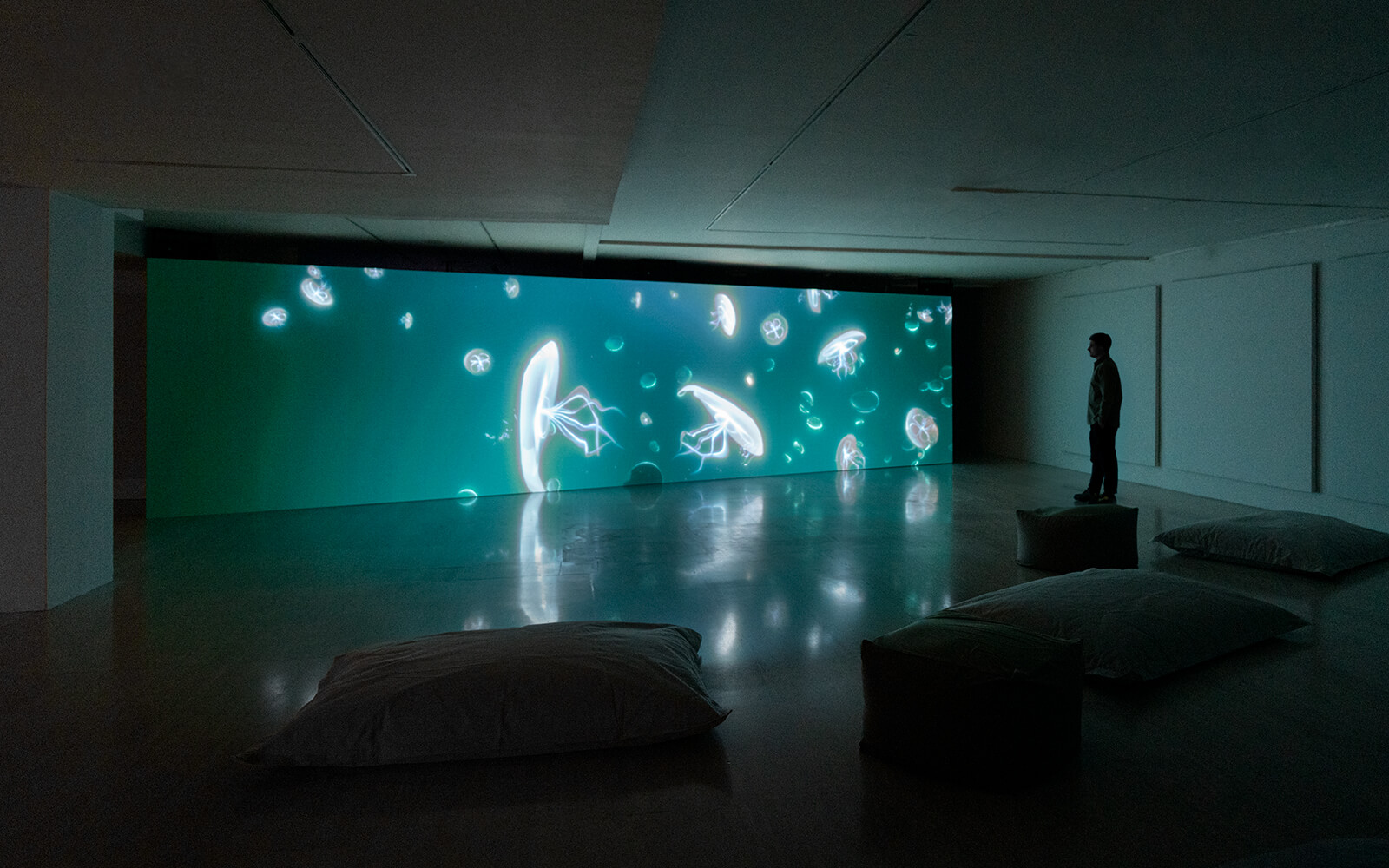
“Numbers count landscapes and what moves through them; they count routes and their optimal relations; they count possibilities and potentials, and numbers are the backbone of both images and industrialization.”
“Being critical of extractive and exploitative technology is optimism. Saying that new tech shouldn’t happen at the expense of the vulnerable is an optimistic belief. Those who perpetuate the myth that criticism is anti-tech are the cynics.”
A survey of DISNOVATION.ORG’s ongoing Post Growth (2020–) research project opens at Kunsthaus Langenthal (CH) with the title “The Long Shadow of the Up Arrow.” The international collective challenges economic growth narratives with evocative thought experiments and prototypes that include videos, installations, objects, and texts. On view are, for example, the indoor farming experiment Life Support System, the diagrammatic CO2 cost analysis Shadow Growth, and samples from the 2021 book Bestiary of the Anthropocene.
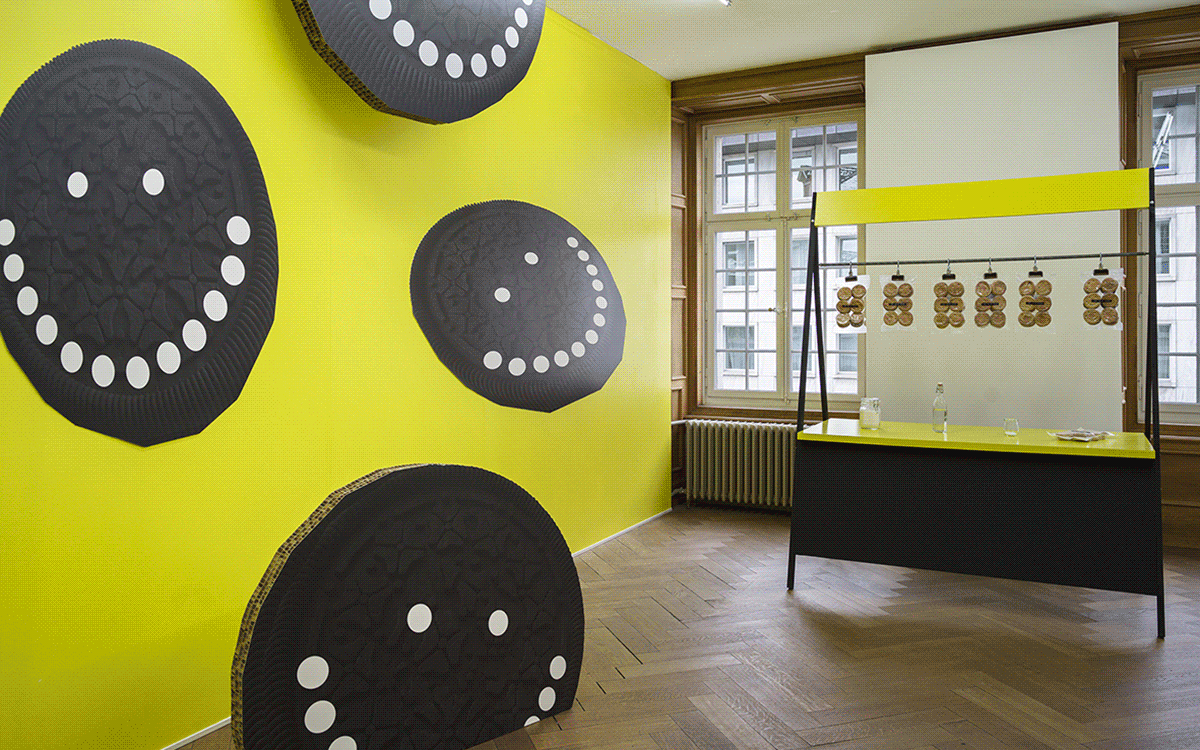
Bob Bicknell-Knight’s solo exhibition “Insert Coin” opens at CABLE DEPOT, London, debuting new works that explore predatory monetization practices within video games. “One of the most prevalent and destructive forms are loot boxes,” the British artist writes about purchasable in-game goodies that are now illegal in many countries. Bicknell-Knight presents one such specimen from the 2019 shooter Apex Legends as a larger-than-life 3D printed replica (image: The Loot Tick, 2023).
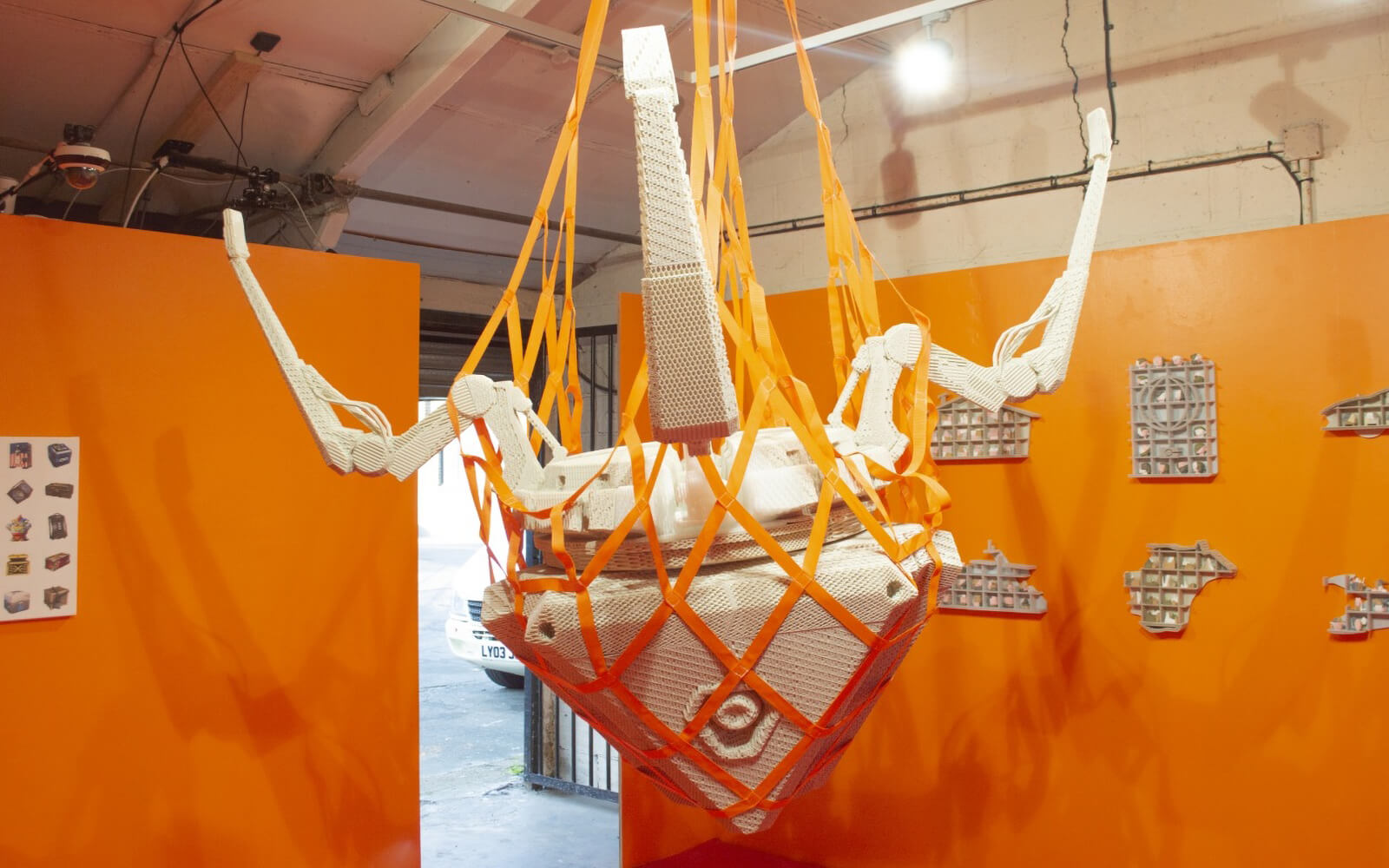
“Offline, I had Starbucks cake pop detritus lodged into my pink-and-purple braces. But on Stardoll.com, I was skisweetie2029, a digital doll with improbably shiny hair and the nose piercing that I always wanted IRL.”
Mojca Kumerdej
New Extractivism
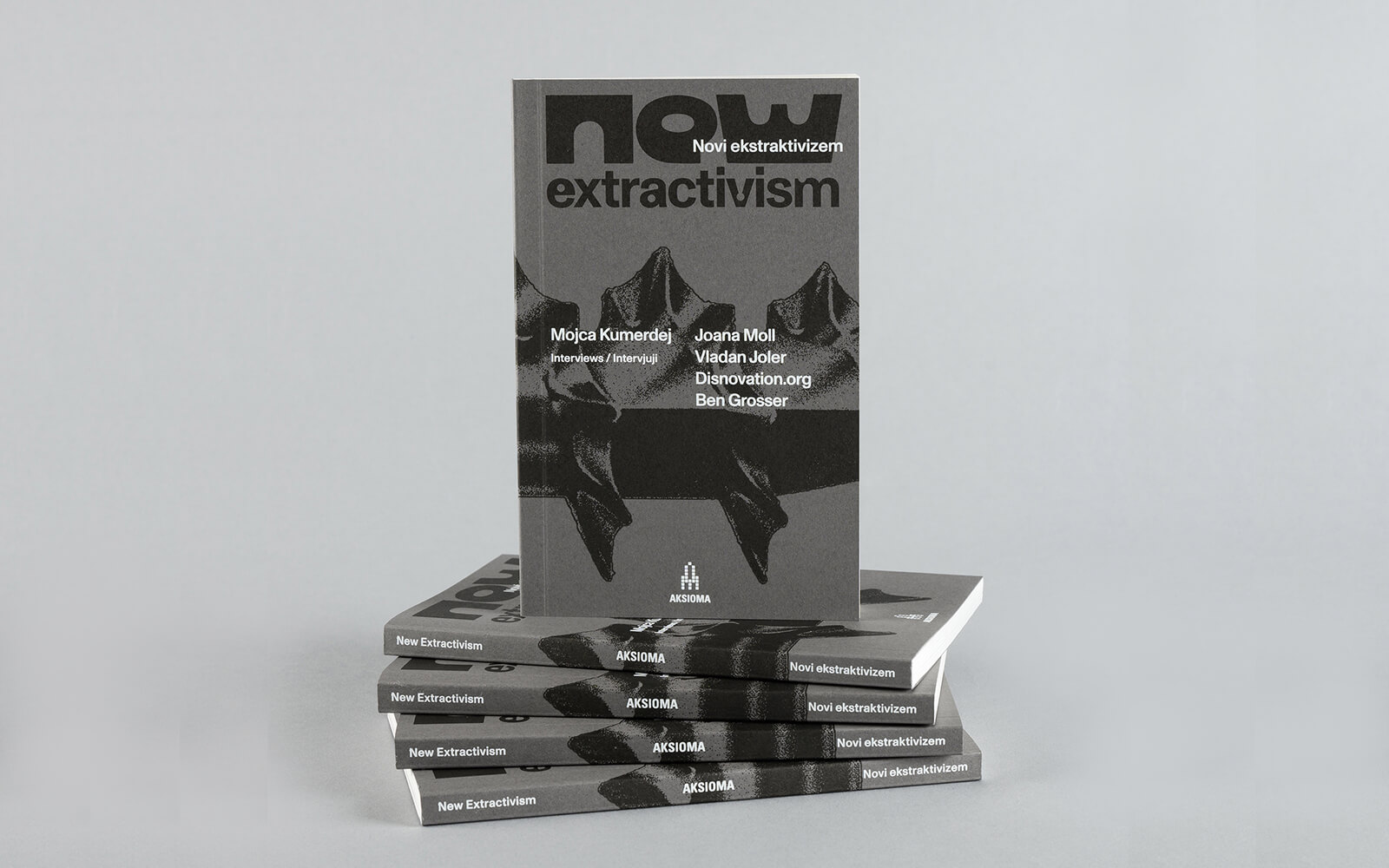
Daily discoveries at the nexus of art, science, technology, and culture: Get full access by becoming a HOLO Reader!
- Perspective: research, long-form analysis, and critical commentary
- Encounters: in-depth artist profiles and studio visits of pioneers and key innovators
- Stream: a timeline and news archive with 1,200+ entries and counting
- Edition: HOLO’s annual collector’s edition that captures the calendar year in print
